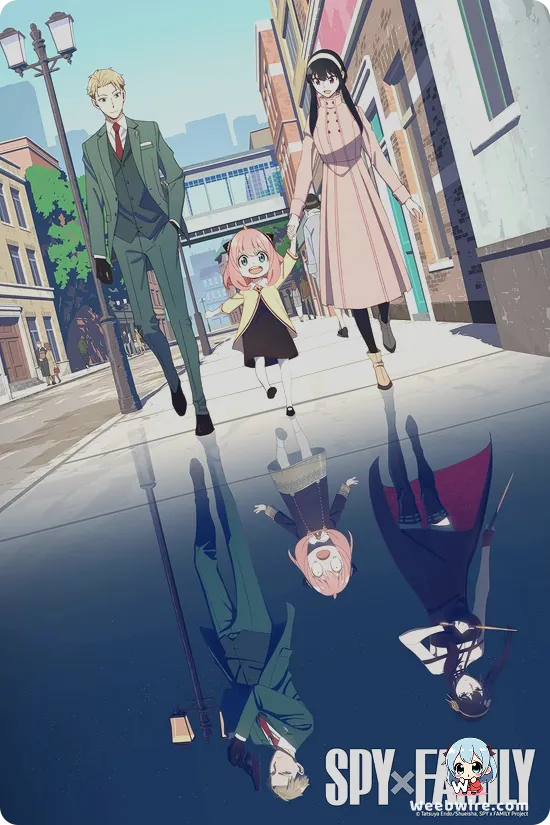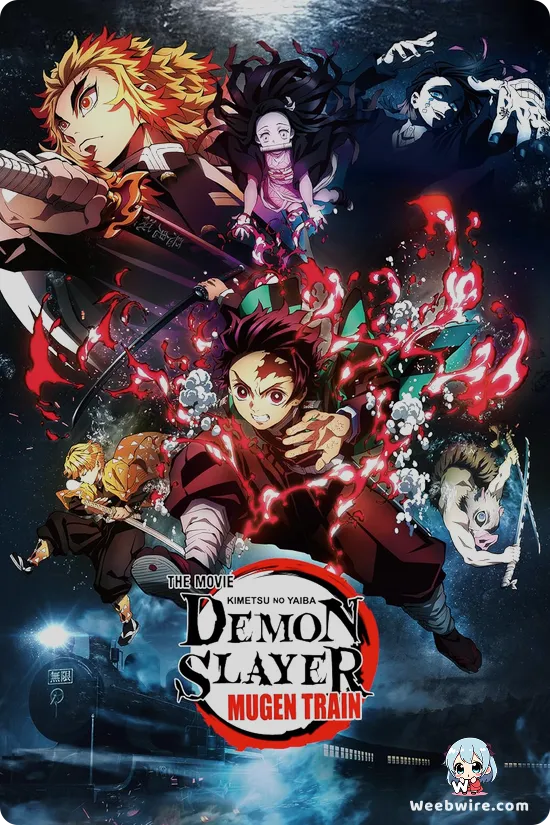Unveiling Gleipnir: Deep Dive into the Anime's Bizarre World and Psychological Depths

Gleipnir, the anime adaptation that debuted in April 2020 from Studio PINE JAM, transcends typical genre classifications, offering viewers a uniquely dark and often disquieting journey. Far from a straightforward action or ecchi series, it plunges into a sophisticated mystery interwoven with profoundly unconventional character dynamics, leaving a lasting psychological imprint. This analysis delves into the compelling details and narrative ingenuity that cement Gleipnir's status as a truly distinctive anime.
Shuichi Kagaya's Bizarre Transformation
Central to Gleipnir's unsettling appeal is its protagonist, Shuichi Kagaya, and his bizarre transformation. Diverging sharply from the conventionally heroic metamorphoses seen in many anime, Shuichi's alteration into a monstrous, oversized furry mascot costume—complete with a conspicuous zipper—is a deliberate narrative choice that underpins the series' psychological depth. This form is inherently awkward, somewhat grotesque, and utterly devoid of traditional heroic aesthetics. It powerfully symbolizes a hidden shame or suppressed urges within Shuichi, a raw manifestation of inner turmoil he struggles to comprehend and master. The fact that it’s a 'suit' rather than an organic biological shift introduces the series’ most iconic and deeply unsettling partnership: the moment Clair Aoki unzips him and takes control from within.
The Intricate Bond of Shuichi and Clair
The relationship between Shuichi and Clair is undeniably the series' pulsating heart. Clair literally enters Shuichi's monstrous form, piloting him in a way that goes far beyond mere tactical cooperation. This is an intensely intimate and psychologically intricate arrangement, deliberately blurring the boundaries of identity, control, and personal space in a manner rarely explored in animation. Their shared existence within a single body fosters a profound mutual dependency and an unyielding tension, compelling them to confront each other's deepest fears, desires, and moral ambiguities through a literal fusion. This extraordinary piloting mechanism functions not only as a crucial plot device but also as a potent metaphor for vulnerability, shared burdens, and the erosion of individual autonomy, provoking vital questions about selfhood when another person is quite literally orchestrating your actions.

Genre Blending and Purposeful Ecchi
Gleipnir masterfully navigates a diverse array of genres, skillfully integrating intense action sequences and a gripping mystery centered on alien coins and their wish-granting capabilities. Intriguingly, it also incorporates significant ecchi elements, yet these are never gratuitous. Instead, they serve to heighten the bizarre intimacy and pervasive body horror inherent in the narrative. Moments of physical closeness or vulnerability between Shuichi and Clair, particularly within the confines of the monster suit, are inextricably linked to the disquieting nature of their bond and the ever-present peril of their situation. This seamless integration ensures the ecchi aspects actively contribute to the overarching atmosphere of unease and psychological tension, rather than detracting from it, making them an integral part of the narrative's darker, more complex themes.
Mythological Echoes: The Meaning of 'Gleipnir'
The very title, "Gleipnir," holds a rich connection to Norse mythology, where Gleipnir refers to the magical, unbreakable fetter crafted by dwarves to bind the monstrous wolf Fenrir, thereby preventing cosmic destruction. This mythological echo is profoundly symbolic within the anime. Shuichi's transformation acts as a 'binding' force, a power that both constrains and defines him. The 'suit' itself functions as both a literal and metaphorical restraint, containing his monstrous essence while simultaneously marking him as a target. Similarly, the alien coins and their bestowed powers often 'fetter' their users to a perilous game, forging unbreakable ties and inescapable consequences. The chosen name subtly foreshadows the anime's exploration of inescapable destiny, control, and the monstrous forces that must be either contained or, perhaps, irrevocably unleashed.
Studio PINE JAM's Faithful Adaptation
Studio PINE JAM, recognized for its eclectic portfolio ranging from the romantic comedy Gamers! to the sports drama Kageki Shojo!!, demonstrated remarkable adaptability in bringing Gleipnir to life. Their animation expertly captured Sun Takeda's distinctive artistic vision, which fluidly transitions between appealing character designs and genuinely unsettling, grotesque monster forms. The studio’s meticulous preservation of the manga's dark, atmospheric tone, alongside its delivery of dynamic action and nuanced character expressions, was paramount to the anime’s critical and popular success. Their faithful adaptation of often-disturbing imagery and deep psychological undercurrents ensured the anime retained the unique, provocative flavor of its original source material.
Sun Takeda's Original Vision
Authored and illustrated by Sun Takeda, the manga initially found its home in Kodansha's Young Magazine the 3rd, a publication celebrated for its more mature and avant-garde titles. This original platform speaks volumes about the series' intended audience and its readiness to delve into darker, more intricate narratives. Its subsequent transition to Magazine Pocket, a digital platform, further broadened its reach while steadfastly maintaining its core identity. Takeda's storytelling is lauded for its intricate plotlines, morally ambiguous characters, and unflinching willingness to explore the shadows of human nature, all of which are impeccably translated into the anime adaptation. The series consistently challenges conventional notions of heroism and villainy, portraying characters driven by complex motivations who frequently make morally questionable choices for deeply understandable reasons.
Ultimately, Gleipnir transcends its categorization as a mere action-packed mystery with supernatural elements; it is a profound psychological exploration encased within an utterly unique premise. Its unconventional character dynamics, rich thematic depth, sophisticated mythological allusions, and the studio's meticulous adaptation collectively contribute to a series that continues to spark compelling discussions and invites repeated re-evaluation. It stands as a testament to anime’s capacity for bold experimentation, crafting truly unforgettable experiences by fearlessly embracing the strange, the unsettling, and the deeply human.
Credits
Gleipnir
Author
Sun Takeda
Cover Art
Sun Takeda
Studio
PINE JAM
Publisher
Kodansha
Producers





